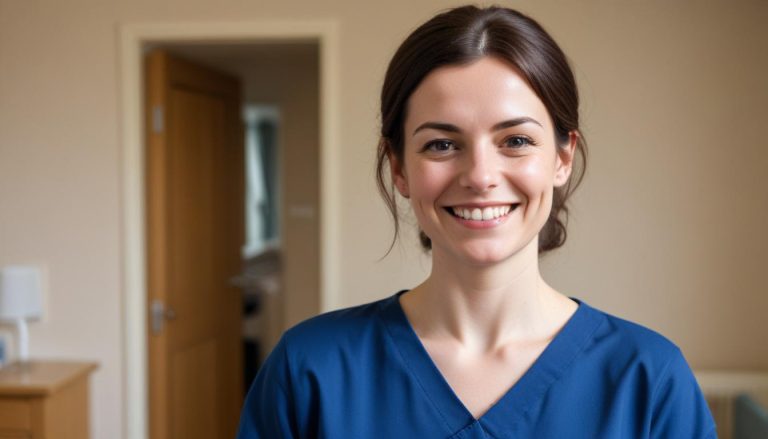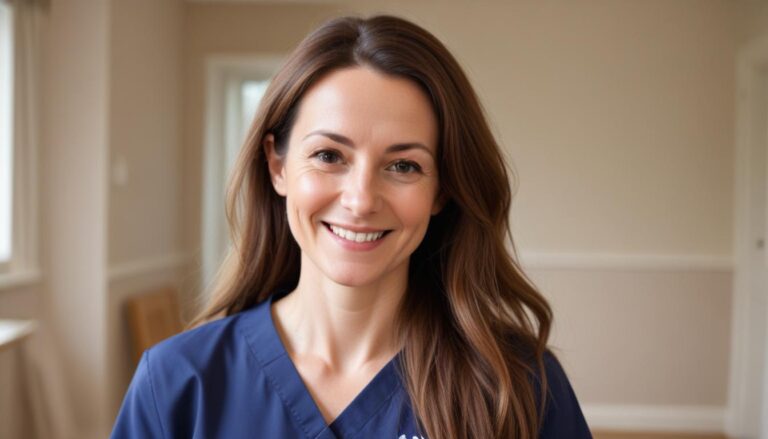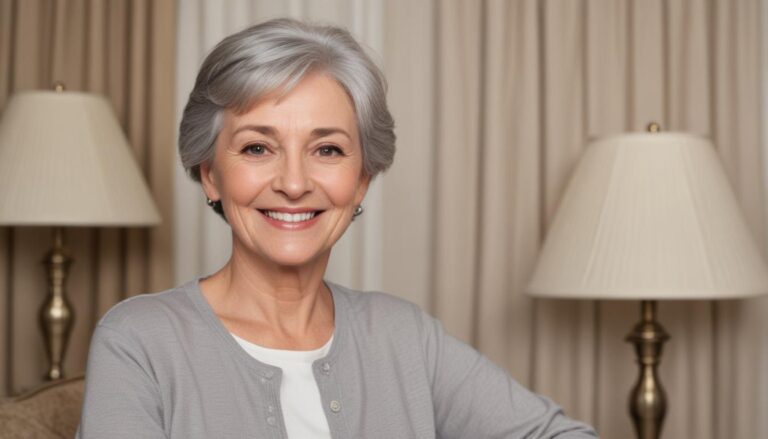
Summary
- What are Picture Boards? Picture boards are visual aids used in health and social care to help individuals, especially those with communication difficulties, express their needs and thoughts through images and symbols.
- Types and Uses: They come in various forms, including static boards, digital screens, and portable options, each suited for different environments such as hospitals, care homes, and schools.
- Benefits: Picture boards enhance communication, promote independence, and reduce anxiety for users, making it easier for health and social care professionals to connect with individuals who struggle to communicate verbally.
- Future Innovations: With advancements in technology, picture boards are expected to become more interactive, potentially incorporating AI and virtual reality to further support communication needs in therapeutic settings.
Picture boards are essential tools in health and social care environments. They serve multiple functions, from aiding communication to facilitating therapeutic activities. In this guide, we’ll explore what picture boards are, their different types, benefits, and how they’re used in various settings.
Picture boards are visual aids featuring images, symbols, and sometimes text. They help individuals, particularly those with communication difficulties, to convey their needs and thoughts. These boards can be static, like a poster, or dynamic, such as a tablet app.
Types of Picture Boards
There are several types of picture boards used in health and social care:
Static Picture Boards:
- Typically made of cardboard or laminated paper.
- Contain fixed images or symbols.
- Used in settings where flexibility isn’t essential.
Dynamic Picture Boards:
- Digital screens or tablets with touch capabilities.
- Interactive, allowing users to select pictures that change.
- Useful in settings that require tailor-made communication systems.
Portable Picture Boards:
- Small, handheld boards.
- Can be carried by individuals for use in various environments.
- Beneficial for constant communication support.
Applications in Different Settings
Hospitals
In hospital settings, picture boards assist patients who cannot verbally communicate due to conditions like stroke, trauma, or surgery.
- Example: A stroke patient uses a picture board to indicate pain levels, location, and needs like water or toileting.
Care Homes
Picture boards facilitate interactions in care homes, particularly for residents with dementia or severe cognitive impairments.
- Example: A resident with dementia uses images to decide on meals or activities, promoting autonomy and reducing frustration.
Schools and Special Education
In educational settings, picture boards support children with autism, speech delays, or other communication challenges.
- Example: A child with autism uses a picture schedule to understand daily activities, reducing anxiety and improving participation.
Advantages of Picture Boards
Picture boards offer numerous benefits in health and social care:
Enhanced Communication:
- Provide a means for non-verbal individuals to express needs and preferences.
- Bridge the gap between caregivers and patients or clients.
Increased Independence:
- Enable users to make choices and convey decisions themselves.
- Promote self-reliance and confidence.
Reduced Anxiety and Frustration:
- Clear visual cues minimise misunderstandings.
- Lower stress for both users and caregivers.
Tailored Personalisation:
- Customisable to individual needs and preferences.
- Adaptable for various languages and cultural backgrounds.
How to Use Picture Boards Effectively
Choosing the Right Board
Selecting an appropriate picture board depends on the user’s abilities and the setting.
- Assess Needs: Determine the communication level and cognitive abilities.
- Select Type: Choose between static, dynamic, or portable based on flexibility requirements.
Designing the Board
A well-designed picture board can actually impact its effectiveness.
- Simplicity: Use clear, simple images. Avoid clutter.
- Relevance: Ensure images relate directly to the user’s needs and daily activities.
- Cultural Sensitivity: Consider cultural and linguistic factors.
Training and Implementation
For successful adoption, train both users and caregivers.
- User Training: Teach individuals how to use the board through repetition and practice.
- Caregiver Training: Train staff on recognising cues and responding appropriately.
Case Studies
Stroke Rehabilitation
Anna, a 58-year-old stroke survivor, struggles with aphasia (loss of ability to understand or express speech). Her therapist introduces a picture board with images representing basic needs: water, toilet, pain, and emotions. Over time, Anna uses the board to communicate effectively, enhancing her recovery experience.
Dementia Care
Tom lives in a care home, battling advanced dementia. Staff use picture boards during meal times. Tom points to images of foods and drinks, ensuring he gets what he prefers. This approach reduces his agitation and improves his quality of life.
Issues and Considerations
While picture boards offer many benefits, they come with challenges.
- Initial Resistance: Users may initially resist using them. Consistent encouragement is key.
- Maintenance: Dynamic boards need regular updates. Static boards may require frequent cleaning and repairs.
- Cost: High-quality dynamic boards can be expensive. Funding and budgeting are essential.
Future Trends
The future of picture boards lies in technology and innovation. Digital advancements offer potential for more interactive and intuitive designs.
- Artificial Intelligence: AI could personalise boards further, adapting to user behaviour and preferences.
- Virtual Reality: VR might provide immersive communication experiences, particularly for therapeutic settings.
Final Thoughts
Picture boards are invaluable tools in health and social care. They enhance communication, promote independence, and reduce anxiety. By selecting the right board, designing it effectively, and providing proper training, caregivers can vastly improve the lives of individuals with communication challenges.
As technology changes, the potential for picture boards in health and social care will only grow, offering even more innovative solutions for those in need.
Subscribe to Newsletter
Get the latest news and updates from Care Learning and be first to know about our free courses when they launch.
Free Communication Skills Training Course
Start a free course with Care Learning today. Certified training with interactive elements, videos and mobile friendly.






